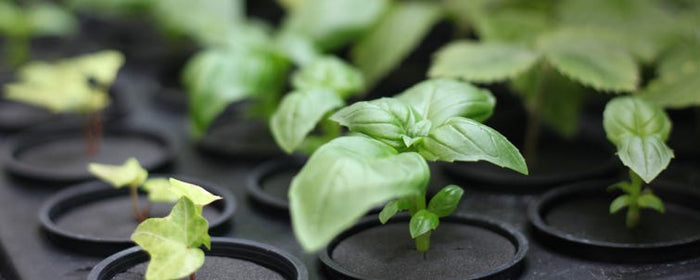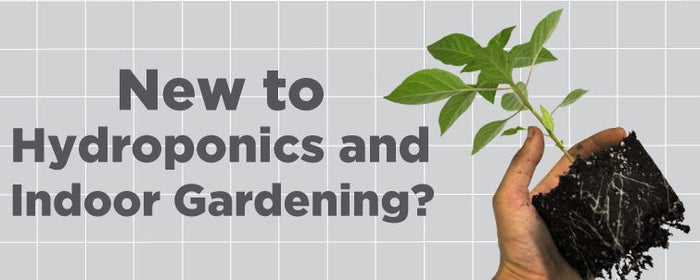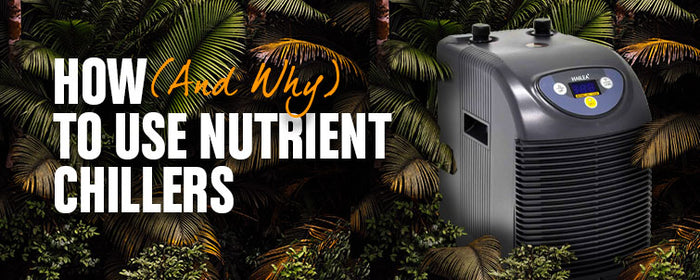
Beginners Guide To Mixing Hydroponics Nutrient Solutions
From certain perspectives the world of hydroponics can seem to be quite a daunting place to enter for the first time. Just the mention of pH and CF checks/adjustments is enough to put some people off trying this extremely efficient method of growing – even though it actually makes things a lot easier! Our step-by-step guide to mixing a hydroponics feed will show you how to effortlessly conjure up a perfectly balanced combination of water and key nutritional elements that completely meets the needs of your plants!
Quick note: if you're not sure why pH and CF levels are important in the context of nutrient solutions, check out the introductory articles 'A Beginners Guide To pH Management' and 'A Beginners Guide To CF Control'. Once you have got to grips with how different pH and CF readings affect your feeds, it’s time to learn how to concoct a good batch!
Equipment
You will need a small number of essential items to get your feeds set up. These include the following:
1.) CF Truncheon – factory calibrated to provide accurate readings of your nutrient strength
2.) pH Pen - to measure the pH level and ensure it is in optimum range
3.) pH Down, Measuring Jug, Syringes – general pH adjusting equipment
4.) Bucket – to mix your solution in

Mixing Nutrients for the Vegetative Cycle
Leave the water to stand
To begin with you need to leave the water standing in a bucket overnight. This allows the chlorine to dissipate and the water to reach room temperature, so you can produce accurate readings and ensure that cold nutrient solution is not added to your tank – which may otherwise cause some shock to your plants.
Base readings
After the water has stood overnight, the next task is to get the base readings. These provide the foundation from which you build the nutrient solution – without them all other readings are useless. The base readings should be taken from the plain water that has been stood overnight.

Using a CF Truncheon and pH Meter, the readings for this water show as 6 for the CF (0.6 is the EC reading, you just multiply this by 10 to get the CF figure) and 7.2 for the pH, indicating that soft water nutrients are required. See the table below to work out which type of nutrients you should be using:

Mixing the solution
With the base readings gathered you can now begin to mix your solution. A good starting point is always the manufacturers feed chart and/or the instructions on the bottle. Many people develop their own preference for CF levels, but as a beginner you’d want to keep it simple and use existing guidelines.
For the SHOGUN Samurai Hydro Grow Nutrients featured in this article, you'll want to refer to their very cool feed chart on the product page (attached as a PDF file under the main image).
NUTRIENT STRENGTH (CF)
In this instance the nutrient solution will be created for plants in week 3 of the vegetative stage, and the manufacturers feed chart indicates that you should aim to achieve a CF level of 15 to 20 (a base reading of 2 is given by them). Now it is vitally important that you account for the base reading of the feed chart and the base reading of your own water prior to selecting the actual CF range you intend to target.
Since SHOGUN have used a base reading of 2 as the basis for recommending the CF range of 15 to 20 and the base reading for this example was registered at 6, you need to add the difference of +4 to each end of the target CF range – changing it to sit between 19 and 24.


The manufacturer instructs you that 2-3ml of nutrient per litre of water will be enough to achieve the desired solution strength. Add the nutrient to the water in increments, checking regularly with the CF truncheon to ensure you do not go over the target CF. Here 20ml of part A and 20ml of part B was added to the solution in 10ml increments using a syringe.

As soon as it has been well mixed, check your solution. At the moment you can see the reading is only 14 (1.4 is the EC reading, you just multiply this by 10 to get the CF figure).

Add more nutrients, this time in increments of 5ml until the CF reaches the target range.

A reading of 20 is registered (2.0 is the EC reading, you just multiply this by 10 to get the CF figure), which falls within the recommended range based on the base reading. With the nutrient at the right strength, now you need to make it accessible to the plant.
NUTRIENT AVAILABILITY (pH)
To put it simply, in order for your plants to access all of the elements the solution contains the pH level needs to sit within a certain range – typically between 5.5 and 6.5.

With the nutrients added to the water, the pH Meter indicates the pH level has risen to 7.5 so it must be lowered.

The pH down proves to be very strong, so adding just a few drops to a litre of water will dramatically change the pH of the solution. From a base pH of 7.2 a few drops of pH down drops it to 2.6, illustrating how easily you could end up putting too much into the nutrient solution if applied neat.

By adding a diluted pH solution to the nutrient solution it is a lot easier to control. Gradually mix this with the main solution.

Keep pouring in the pH solution until the desired pH level has been reached – here you’re looking at a target of 5.8.
That concludes the process of putting together a suitable feed for plants in the vegetative stage. Now the solution can be added to your growing system.
Mixing Nutrients for the Flowering Cycle
For the flowering stage, you do exactly the same as above apart from one big difference – if you’re using a PK booster or any other additives, you ought to add these before introducing the base (bloom) nutrients.


Once you have your base reading, the first thing to do is to add the flowering stimulant SHOGUN Sumo Boost and PK booster SHOGUN PK warrior 9/18.

Checking the CF shows it to have risen to 14 (1.4 is the EC reading, you just multiply this by 10 to get the CF figure) – an increase of 8 from the base reading – so you’re able to realise that if the boosters were added after the base nutrient this could lead to a very high strength nutrient solution aka over feeding.

Keep pouring in the pH solution until the desired pH level has been reached – here you’re looking at a target of 5.8.
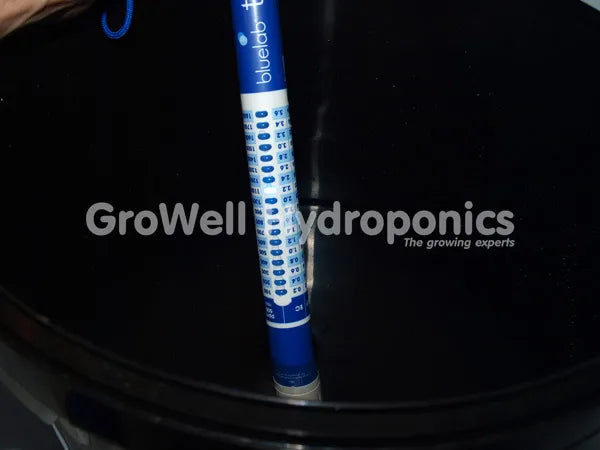
In this case the figure is 22 (2.2 is the EC reading, you just multiply this by 10 to get the CF figure), again based on the manufacturers feed chart.
With the nutrient solution at the required strength, the pH level should be adjusted again using the same method as before until it registers within the target area. Finally you’re ready to add it to the growing system.
